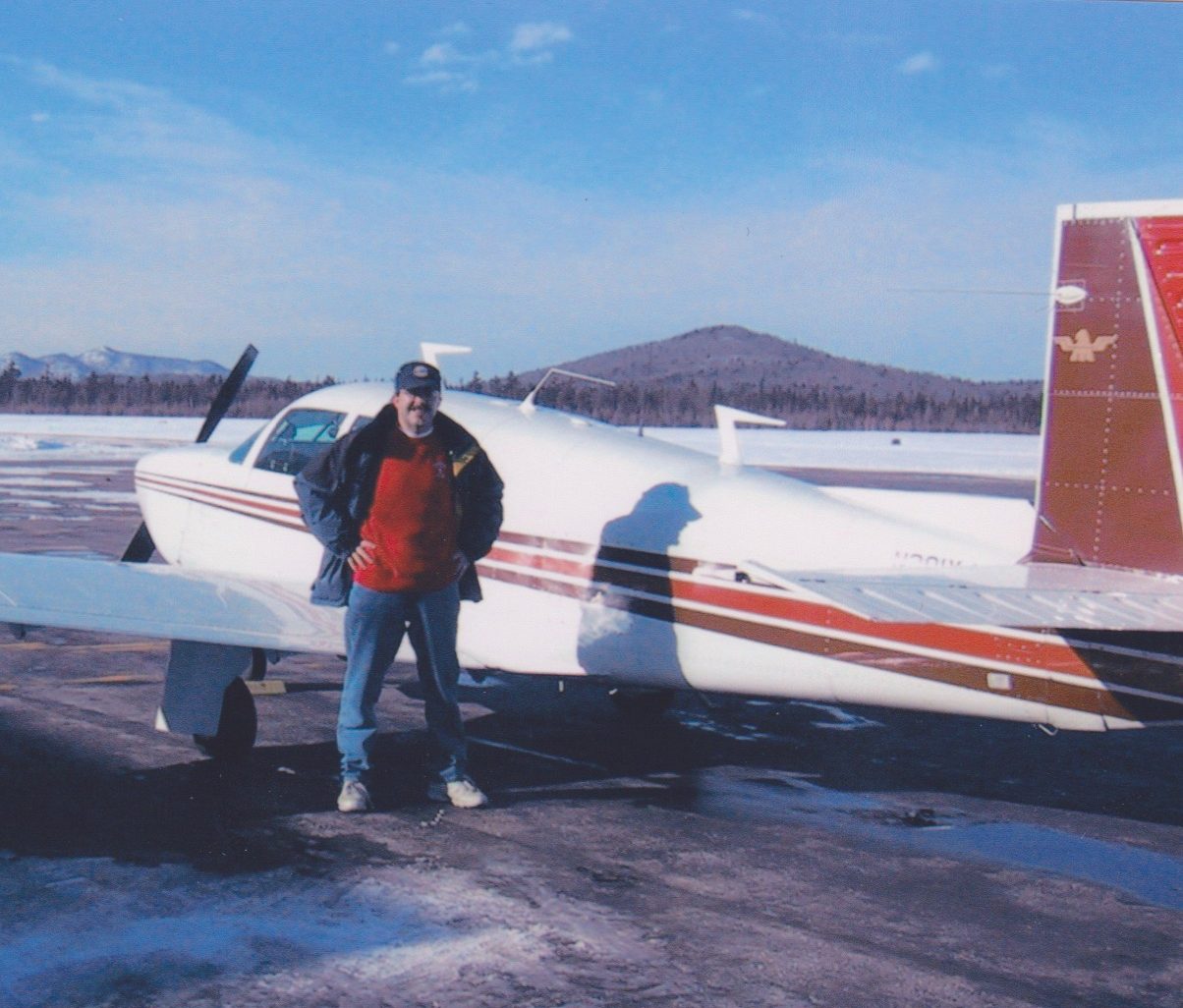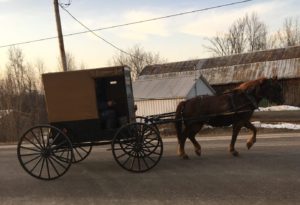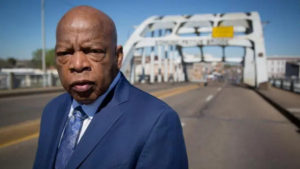As I read an article about aviation safety last week, I realized that I’ve been blogging since 2014 without ever writing a word about one of my passions: flying airplanes. I grew up on Air Force bases around the country and overseas because my father was a career Air Force sergeant. From an early age I loved watching B-52s take off and land at Westover Air Force Base in Chicopee, Mass., where I was born. While I pursued a professional career first as a daily newspaper journalist and then a senior manager in public relations at Verizon, I never lost sight of my dream to one day pilot an airplane.
In 1995 I took the plunge. I started flying lessons at Richmor Aviation near where I live in Saratoga County New York. After earning my private pilot certificate in 1996, I continued my training by earning an instrument rating and commercial license. I even went to a weekend school where I learned to fly seaplanes … just for the fun of it. I felt like I was going to “graduate school” for private pilots, earning new capabilities and skills that kept me and passengers safer and allowed me to explore new flight regimens—such as flying in the clouds or on days with low ceilings and visibility.
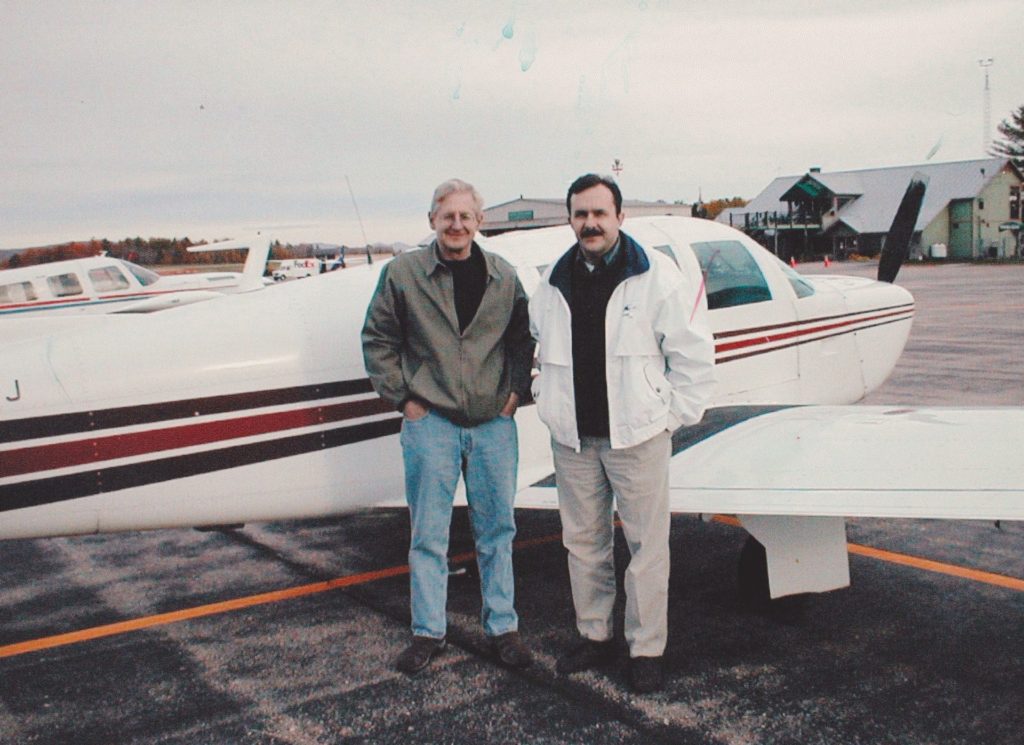
Over the next 20 years, I experienced many memorable flights. I flew all over the Northeast and eastern half of our country. I flew to Florida. I visited Cape Cod, Martha’s Vineyard, and Nantucket—staring down at slow-moving ferry boats brimming with tourists while I flew overhead at close to 200 mph. I flew north across the international border to Montreal. And, piloting the smaller four-seat, propellor-driven aircraft I usually flew, I landed at busy airports like Logan International in Boston. Those were tense landings, often with a Boeing 747 right behind me.
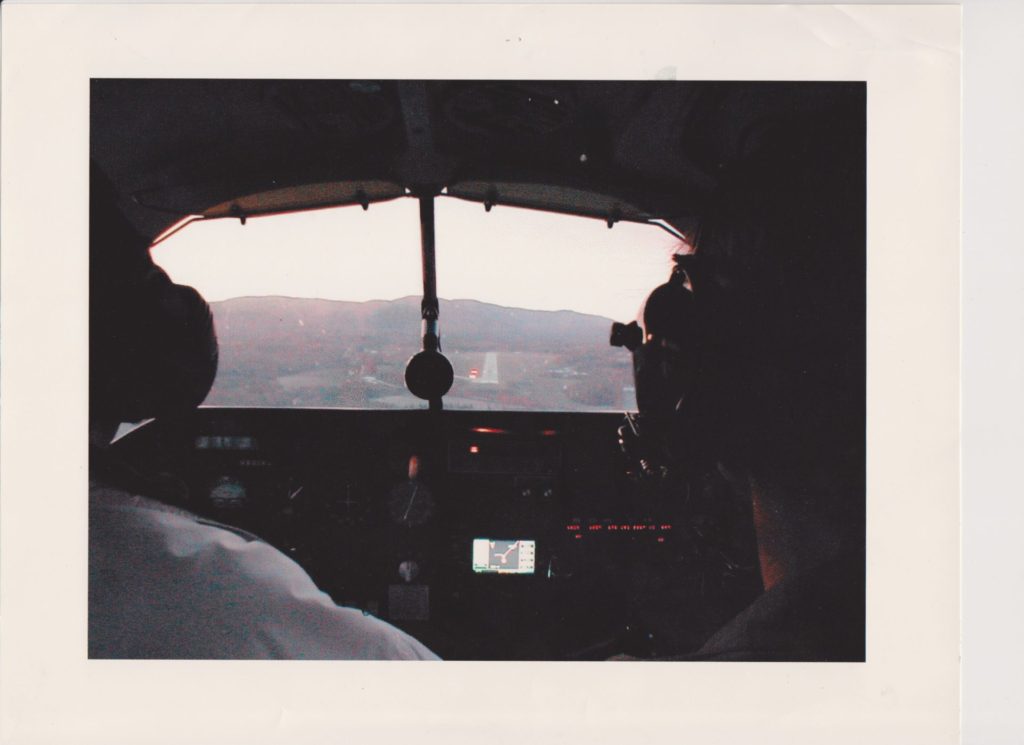
Each time I flew, I pulled out a steno pad after landing and made notes about the flight. Was it a smooth landing, or did I bounce it in? Did I see something memorable, like the breaching whales my son Greg and I saw approaching the coast of Nova Scotia? Or did I simply have a great time experiencing the flight with a fellow pilot?
I have all these precious memories and more, recorded in my FAA logbook and in thousands of words I scribbled onto pages of those notebooks. While hunkering down during the pandemic and long winter, I started reviewing those entries. I eventually decided that I have enough to write a book about learning to fly and fascinating flights and tales of those I flew with or met on the ground. When it’s finally published, I hope you’ll find the process of learning to fly and then setting out on adventures at 10,000 feet as fascinating as I did.
I’m about a quarter of the way through writing my manuscript. To give you an advance peek, here’s the first chapter. Enjoy!
————–
Chapter 1 — Wicked Wiscasset
We were nearing the end of our flight from Albany, N.Y. to Wiscasset, Maine when the bottom fell out. On final approach to land our small, four-seat aircraft at the short, narrow strip, unexpected gusty winds rocked our wings wildly. Sitting in the left “pilot in command” seat, I gripped the control yoke tighter as I tried to counteract wing dips so we could arrive at the runway—now about a half-mile away—in a relatively level configuration. Next to me, passenger and fellow pilot Jamie Fay stared straight ahead. Continuing the descent, I started to reduce power to slow the aircraft to a slightly faster than normal landing speed that compensated for the winds.
That’s when IT happened on this blustery day in March 2006. It was the incident neither of us private pilots would ever forget.
Both of us had gone through basic flight training at the same time and had sought and achieved more challenging and advanced certificates and ratings to continually improve our flying skills. But none of our training or hundreds of hours of flying fully prepared us for what happened next.
A sudden downdraft captured the Mooney 201 aircraft and flung us downward, about a quarter mile from the runway threshold. In a split second, we lost at least 500 feet of altitude. At the time, we were about 800-900 feet above the ground. The drop was so rapid we felt weightless. Out of the corner of my left eye I could see bushes and tall grass waving in the wind and a small road that wrapped around the southwest portion of the airport. The ground seemed awfully close. In my mind’s eye, I accepted our fate and began to concoct explanations for family and friends of what happened—if we survived what seemed like an inevitable pancaking on Maine real estate.
As quickly as they arrived, I pushed those thoughts aside and did the only three things I could in this situation. Employing reflexes from training, I pushed the throttle knob all the way forward to generate airspeed that might arrest the descent. In the back of my mind, I could hear one of my early instructors, Richmor head Richard “Rit” Kaylor, telling me, “Speed is your friend.” At the same time, I made my second move. I resisted the urge to do what some pilots might have done in that situation: pull back sharply on the control wheel (also known as the yoke) to point the airplane’s nose more skyward and gain altitude. Flight training manuals and NTSB crash reports are filled with tales of unfortunate pilots who tried this while low to the ground at slower speeds. The result was usually an aerodynamic stall where the flow of air over the wings slowed to the point where “lift” evaporated and a crash ensued.
Instead, I pulled the yoke back only slightly to a more level pitch so I could retain some speed without stalling. Neither of us spoke a word as the scene played out. Just when it seemed like a crash was inevitable, the flight control inputs started to work. We leveled out about 100 feet off the ground and started to gain a few feet of altitude.
Seconds later we crossed the runway threshold, the aircraft still rocking wildly as I alternately added and removed power and moved the yoke left and right to avoid striking the runway with one of our wings. About 1,000 feet down the runway the airplane began to run out of speed. First the left landing gear struck the pavement, then the right as I struggled to keep the nose wheel off the runway. Allowing the nose gear to strike the surface first would have led to bouncing, or “porpoising,” and an inevitable collapse of the gear. About 500 feet later, all three wheels were on the ground. I braked gingerly to slow the Mooney down so we could make the last exit off the runway.
Jamie and I remained silent as I taxied in. We stared straight ahead. We finally looked at each other after I parked and shut down the engine. “Well, that was interesting,” I said. Jamie simply said, “Yup.” We unstrapped ourselves and began leaving the cockpit; Jamie first through the only door on the right, or passenger side. I followed and took a few slow steps along the right wing near the fuselage and then stepped down onto the tarmac. It felt good to be on solid ground.
We were still quiet. Without discussing it, we walked around the aircraft looking for damage. We didn’t see any. We pulled some luggage out through the cargo door and walked slowly into the airport’s Fixed Base Operator, or FBO, office. The woman behind the counter looked at us. We must have looked pale. “I haven’t seen many people up flying in these winds,” she said, with a faint smile. “Glad you made it in okay.”
The name of the FBO at the time was Wicked Good Aviation. It would take a few hours before Jamie and I could agree with the name and sentiment. Jamie began filling out the papers for the rental car that we would use to go look at property. I headed to the men’s room. I didn’t vomit, but it was close.
Those harrowing 90 seconds were the scariest moments of a fascinating, often heart-pounding private flying career that spanned two decades and close to 1,000 hours as pilot in command. They also represented the sum of hundreds of hours of flight lessons, classroom sessions, and absorption of textbook material. Within that moment in time approaching Wiscasset, I had put all of it to work—with a good result.
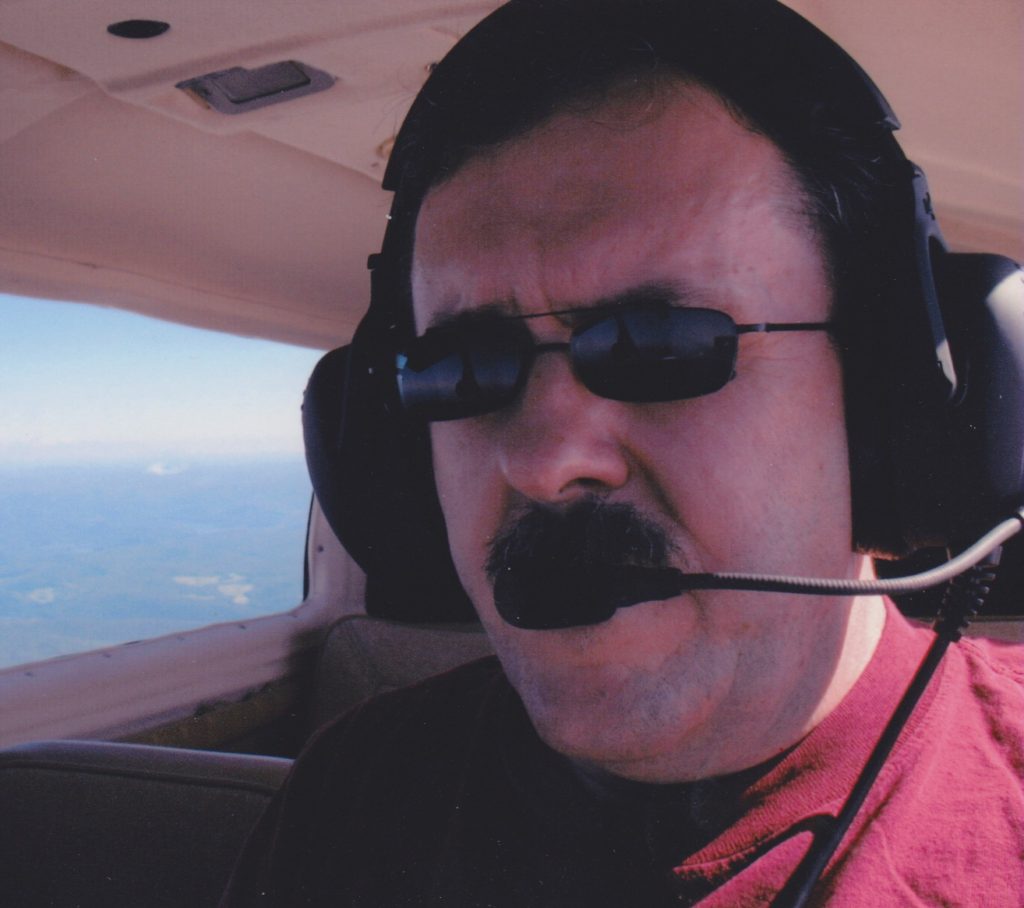
***
Thanks for reading! Stay tuned for more news on this project. (I’ll be looking for potential agents and publishers soon.) In the meantime, please write to me if you have any questions or comments.

